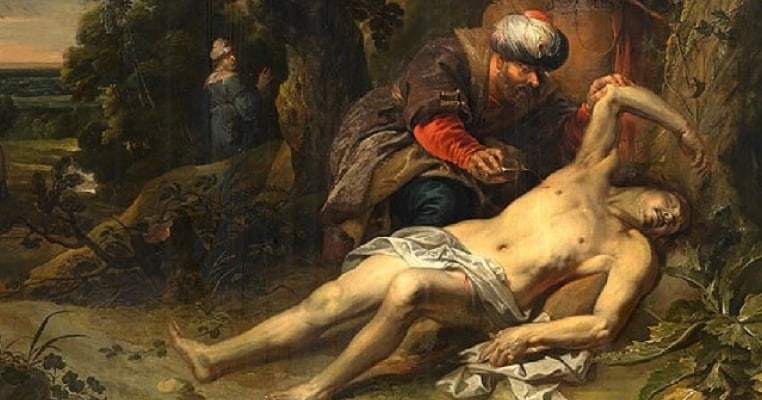Bad news is everywhere and it’s easy to understand why many people believe it’s only going to get worse. The human race is headed for its own destruction, according to the doomsayers. For seventy years the human race has possessed the ability to destroy most life on the planet, and to the most negative among us it has been stumbling along in that direction for all of that time. Basic human decency is considered by many to have become a thing of the past. Faith in the human race to resolve its differences and save itself is waning among many.
It shouldn’t be. There are many examples throughout history where basic human decency and compassion for others has prevailed over dark times. They should be studied, understood, and their lessons applied in similar situations. Compassion and understanding has proven again and again to prevail over the darker side of human nature, and it can prevail again. Each person does have the power to make a difference and there are examples in history of just how they can do so, some famous and others much less well known.

Don’t agree? Here are ten examples from history which should restore your faith in humanity.

Dr. Jonas Salk and the polio vaccine
Polio epidemics in the United States struck with increasing and frightening intensity in the United States, especially in the years following the Second World War. In 1952 58,000 Americans were stricken with polio, more than 3,800 died and more than 20,000 suffered some form of disability for the rest of their lives. Researchers at multiple locations struggled to come up with a cure for the disease while others concentrated on developing a vaccine to prevent it from occurring. Parents of young children in particular were terrified of the disease, which seemingly struck at of nowhere with a will of its own.
Beginning in 1947, Dr. Jonas Salk worked on developing a vaccine for polio at the University of Pittsburgh’s School of Medicine. He was funded beginning in 1948 by the National Foundation for Infantile Paralysis, known as the March of Dimes to most. The March of Dimes had been established by President Franklin D. Roosevelt, himself a victim of polio. After surviving the first onslaught of the disease FDR had been confined to a wheelchair for the rest of his life, able to walk only with the support of heavy braces and another party or crutches to lean on.
Jonas Salk was one of those doctors who decided early on in his medical training that he did not want to practice medicine, but instead wanted to concentrate on medical research. During his medical training he concentrated in virology, studying in particular the relatively recently discovered flu virus. As Salk worked on the three known polio viruses at Pittsburgh, he was presented with an option of using a live polio virus as the basis of a vaccine or a much safer so-called killed virus. Salk chose the killed virus because he knew that it would be much safer as far as the public was concerned, who would then be more likely to accept the vaccine.
By 1952 Salk had a vaccine which had tested safely on laboratory animals and human testing began. Salk’s testing began with children who were already physically disabled and expanded to children with mental health issues. In 1954 the vaccine was tested on a group which became known as the polio pioneers, just under 1 million children. The vaccine was declared both effective and safe the following year, after the research Salk pioneered nearly bankrupted the March of Dimes. It was the first effective weapon against polio and Salk became famous. But he didn’t become rich.
Salk refused to patent the vaccine, believing that if he did not the vaccine would be more affordable, since drug manufacturers would not have to pay licensing fees. When asked by Edward R. Murrow who owned the patent, Salk replied, “There is no patent. Could you patent the sun?” The conscious decision not to patent his invention has been estimated to have cost Jonas Salk more than $7 billion dollars in fees over the years. When Albert Sabin completed the development of his oral vaccine for polio he too refused to patent it and refused compensation from drug companies for it, continuing to support himself as a Professor at the University of Cincinnati.

